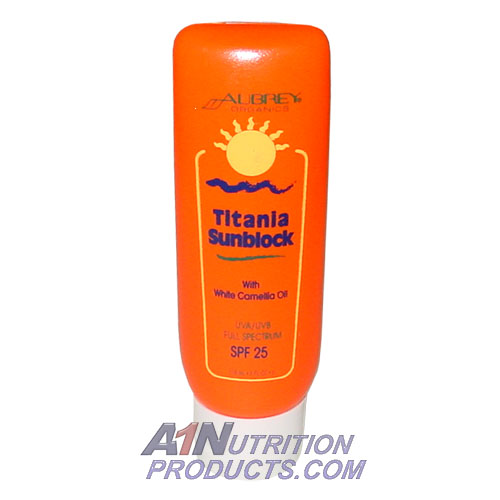Sunblock
By harxian
@harxian (671)
Philippines
4 responses
@addo96 (9)
• Ethiopia
2 Apr 07
no,no,no in our country there is 13 months of sunshine!on ur page i saw bob's photograph.with the flag. green, yellow and red so? where is the place with 13 months of sunshine with no sun burning ur face?
@Writerbob (572)
• United States
30 Mar 07
I'm fair-skinned and i grew up in the era before sunblocks. All I can say is that they've saved my life. I used to get 2nd degree burns all the time, and once was hospitalized because of them. Today, I can go out in the summer and enjoy myself, but I have to use Spf40 and above or I still will get a little toasted!
@paulnet (748)
• India
28 Mar 07
If you can't stay out of the sun, use a sunscreen with a high protection factor (SPF 30+) during the peak of the summer season. Remember that the SPF figure is only a measure of the how much the sunlight is slowed down - stay out too long with ANY SPF level cream and you can still get too much sun. In practice, we don't know how quickly we burn, while factors such as sweat, water and application reduce sunscreen's effectiveness. So the better is avoid the sun's strongest rays between 11am to 3pm. Best of Luck and happy summers.
@nishanity (1650)
• India
12 Feb 07
Sunscreen (also known as sunblock, suntan lotion) is a lotion, spray or other topical product that helps protect the skin from the sun's ultraviolet (UV) radiation, and which reduces sunburn and other skin damage, ultimately leading to a lower risk of skin cancer. However, suntan lotion is an incorrect term for sunscreen as it is something entirely different. Suntan lotion is used to attract UV rays in order to better tan where sunblock is used to deflect UV radiation. These are commonly called indoor tanning lotions when designed for use with tanning beds or just suntan lotion if designed for outdoor use and may or may not have SPF protection in them.
The best sunscreens protect against both UVB (ultraviolet radiation with wavelength between 290 and 320 nanometres), which can cause sunburn, and UVA (between 320 and 400 nanometres), which damages the skin with more long-term effects, such as premature skin aging. Most sunscreens work by containing either an organic chemical compound that absorbs ultraviolet light (such as oxybenzone) or an opaque material that reflects light (such as titanium dioxide, zinc oxide), or a combination of both. Typically, absorptive materials are referred to as chemical blocks, whereas opaque materials are mineral or physical blocks.
Dosing for sunscreen can be calculated using the formula for body surface area and subsequently subtracting the area covered by clothing that provides effective UV protection. The dose used in FDA sunscreen testing is 2 mg/cm². From a sample calculation in a FDA monograph, if one assumes an "average" adult build of height 5 ft 4 in (163 cm) and weight 150 lb (68 kg) with a 32 in (82 cm) waist, that adult wearing a bathing suit covering the groin area should apply 29 g (approximately 1 oz) evenly to the uncovered body area. Considering only the face, this translates to about 1/4 to 1/3 of a teaspoon for the average adult face.
Contrary to the common advice that sunscreen should be reapplied every 2–3 hours, research has shown that the best protection is achieved by application 15–30 minutes before exposure, followed by one reapplication 15–30 minutes after the sun exposure begins. Further reapplication is only necessary after activities such as swimming, sweating, and rubbing.









